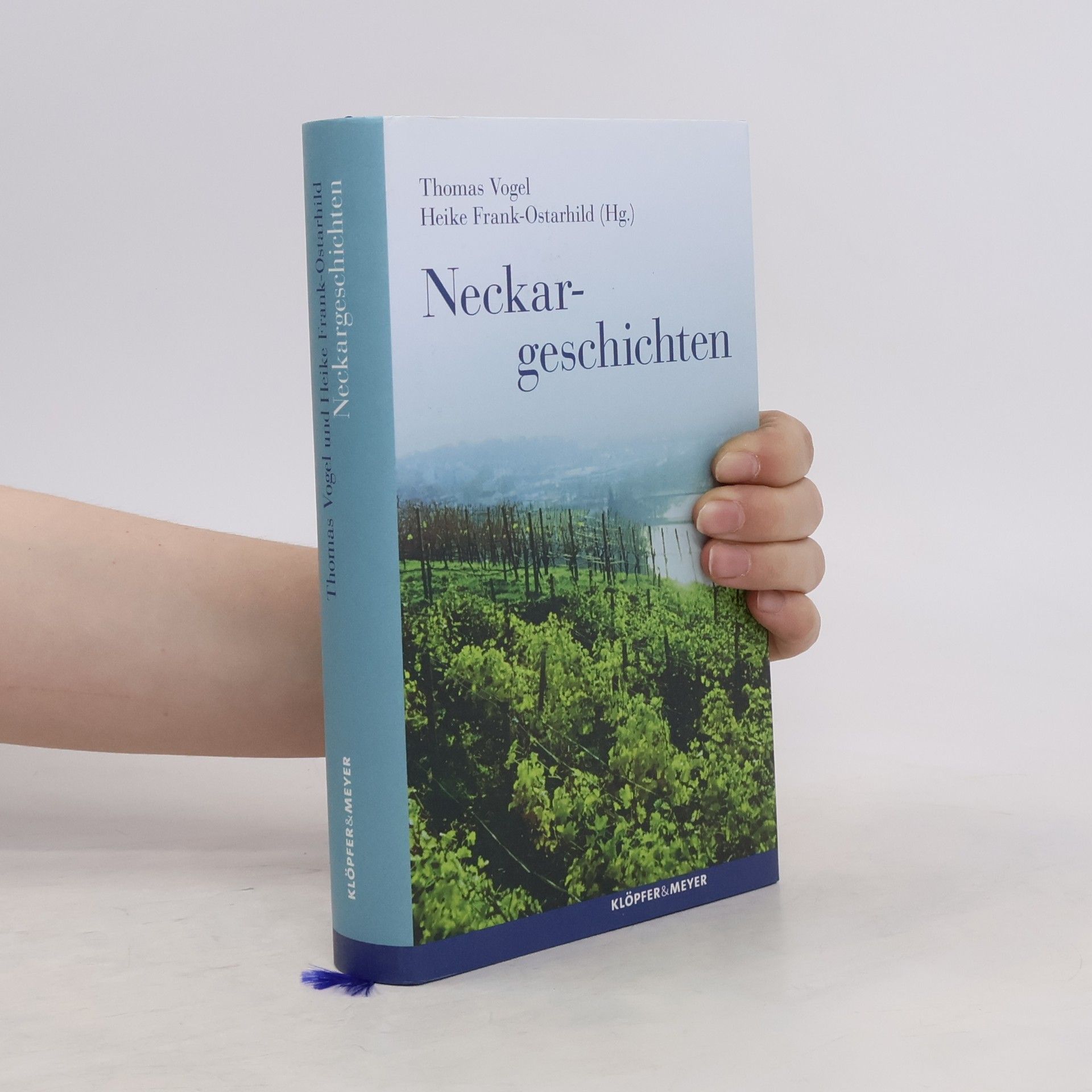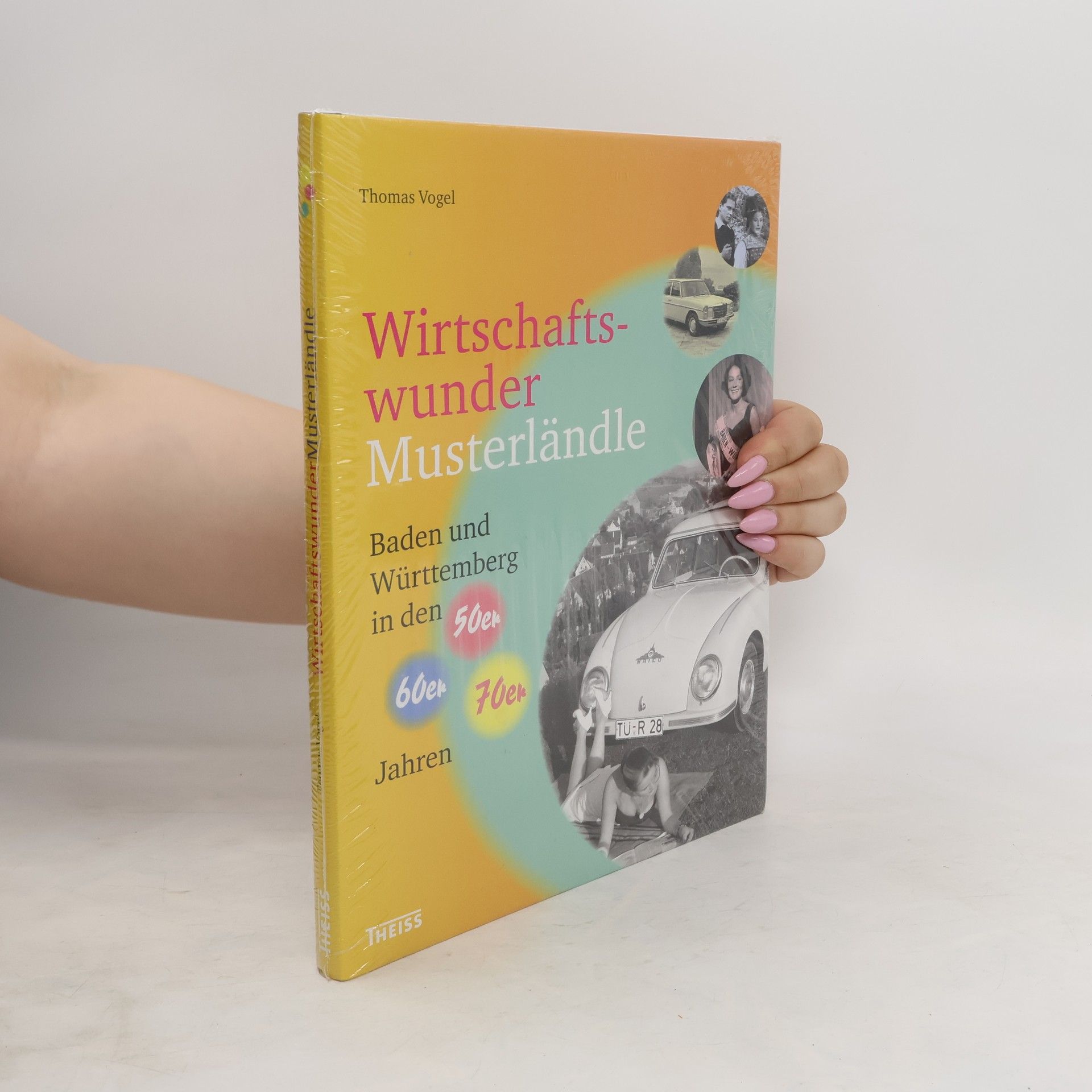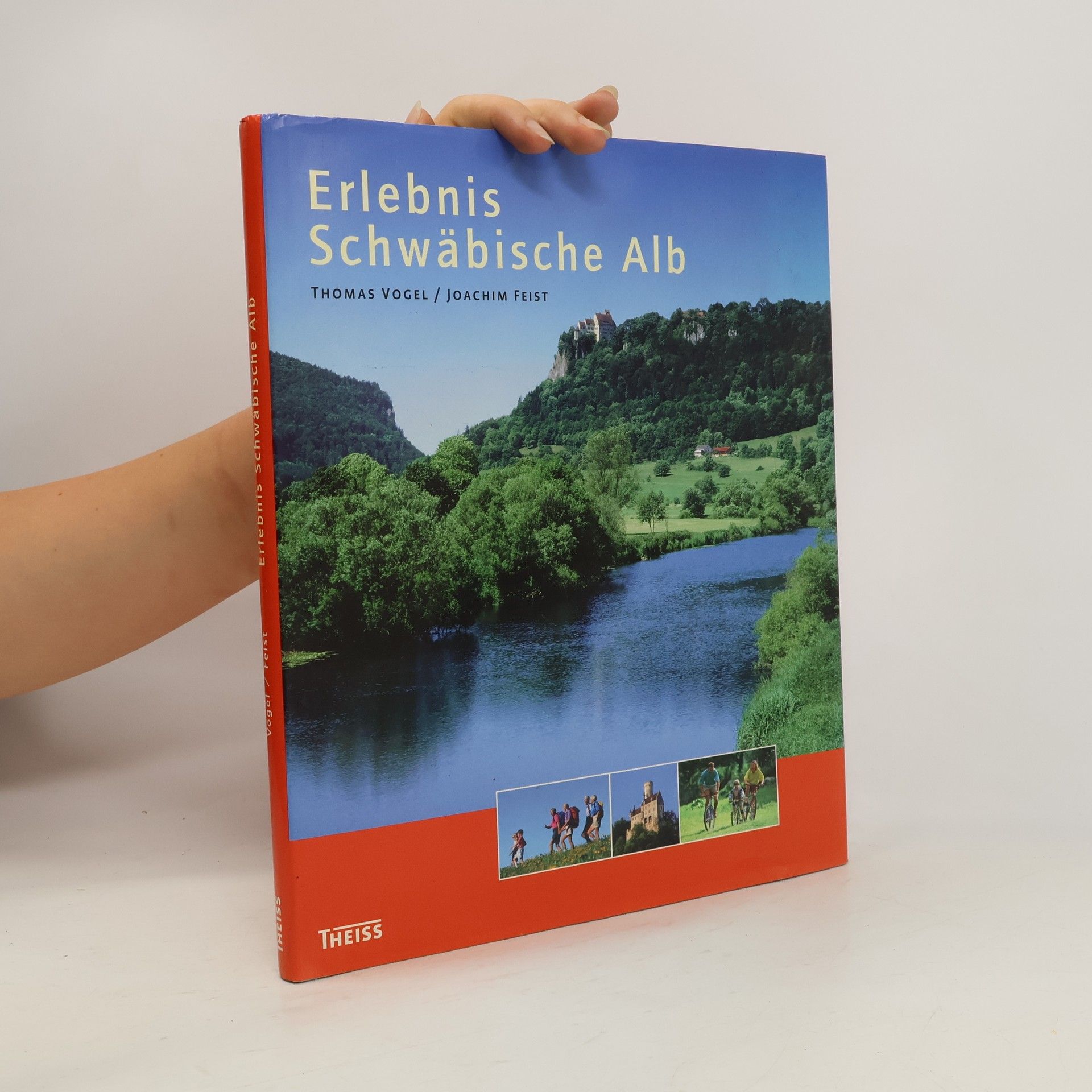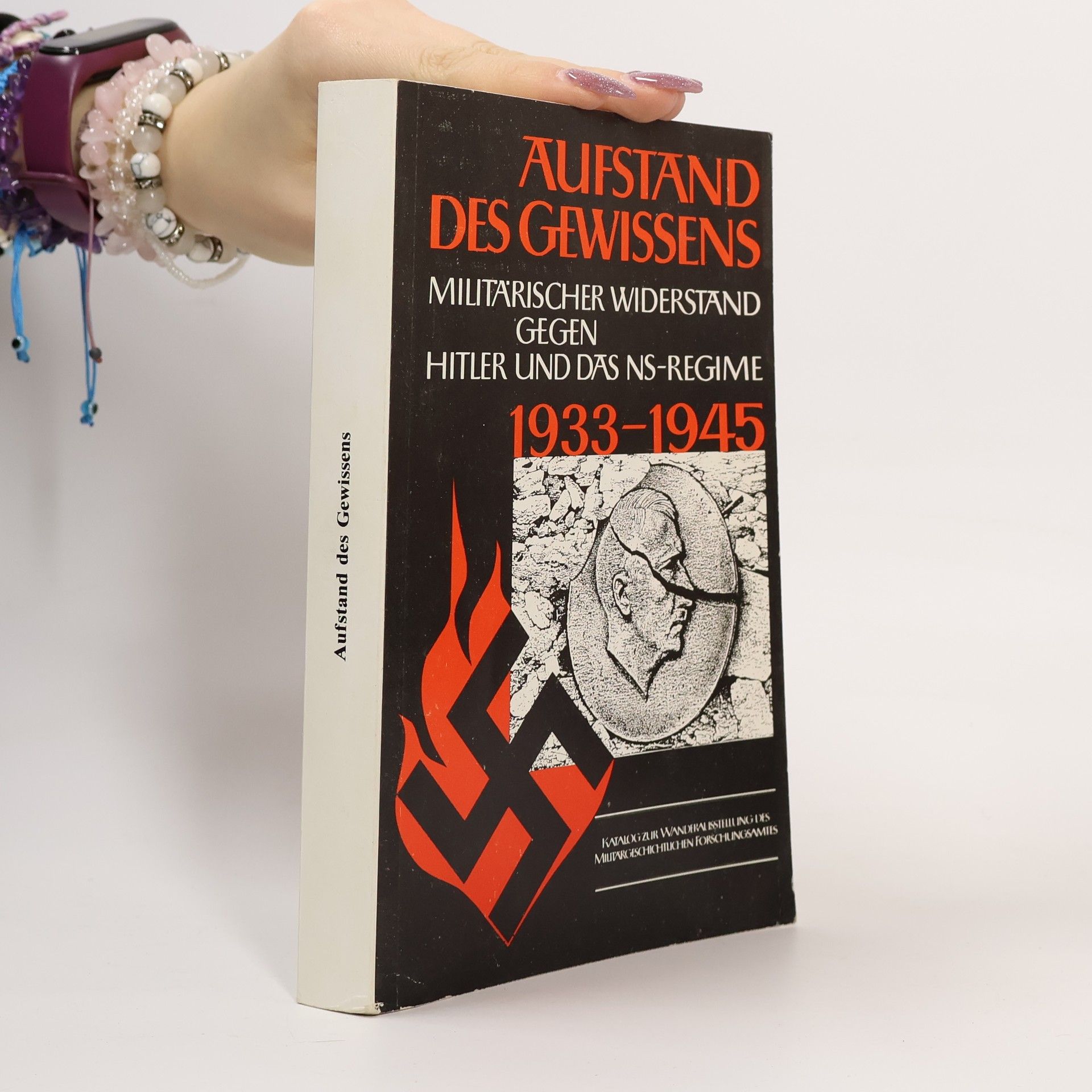Von allen Kriegsschauplätzen des 2. Weltkriegs genießt Italien wenig Aufmerksamkeit. Es dominieren die Ostfront und ab 1944 der Verlauf im Westen. Das ist bedauerlich, stehen wir dem Land doch sehr nahe. Der Historiker am "Zentrum für Militärgeschichte und Sozialwissenschaften der Bundeswehr" (Potsdam) kann mit diesem Titel etwas dagegenhalten. Seine detaillierte Darstellung der Kämpfe beginnt mit der Invasion der Alliierten auf Sizilien (Juli 1943) und endet mit der Kapitulation der Deutschen am 2. Mai 1945. Im Mittelpunkt stehen der Kriegsverlauf, das Verhältnis der amerikanischen und britischen Führungen und die Reaktionen der Deutschen mit dem italienischen Verbündeten. Th. Vogel hat dabei die politischen Bedingungen gut im Blick. So auch die Absetzung Mussolinis, die deutsche Besetzung Italiens, die folgenden Repressionen gegen die Italiener. Viel Raum nehmen die Kriegsverbrechen von Wehrmacht und SS ein - die Shoa beginnt hier erst nach Mussolini. - Sachlich, verständlich geschrieben und ein guter Beitrag zum deutsch-italienischen Verhältnis heute
Thomas Vogel Book order
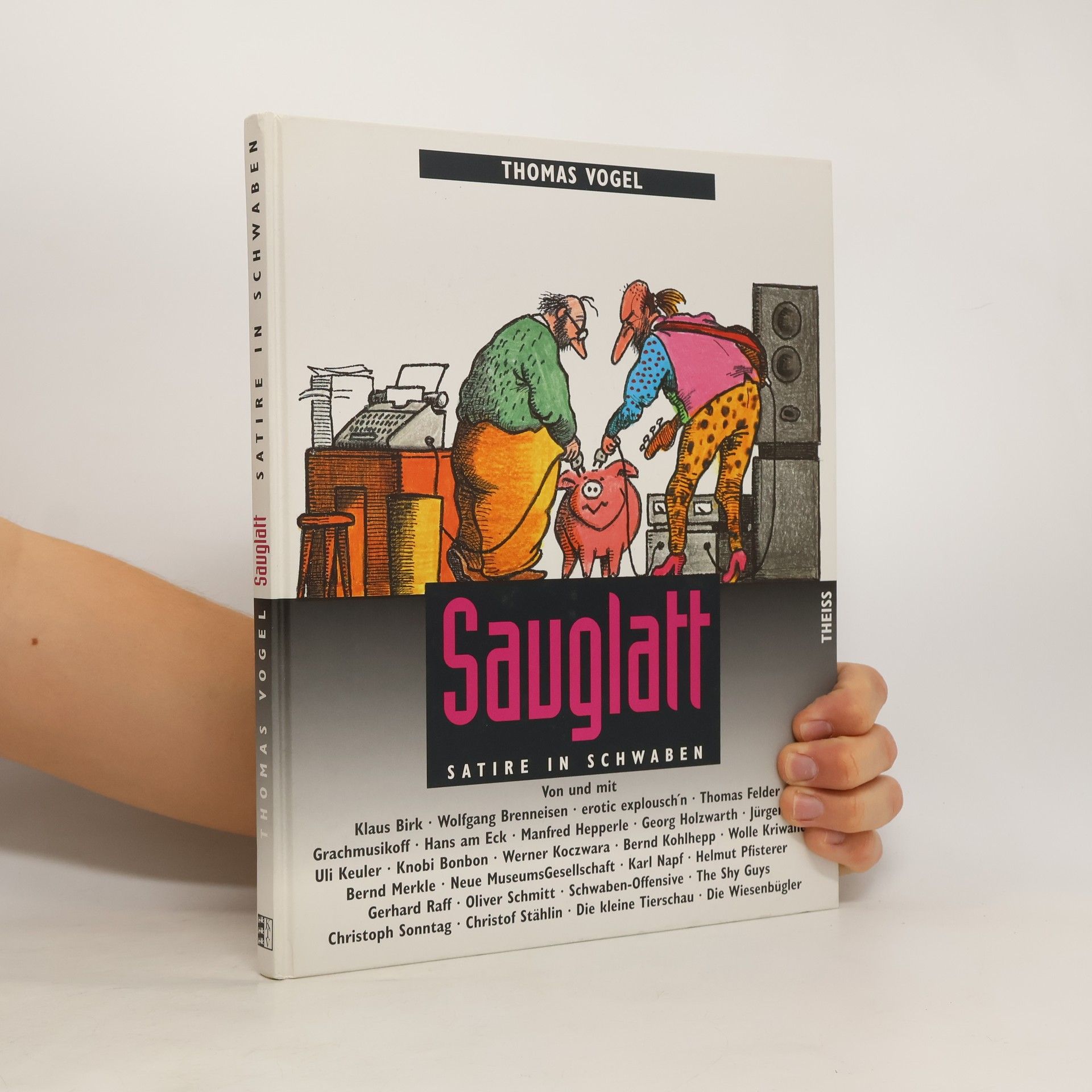

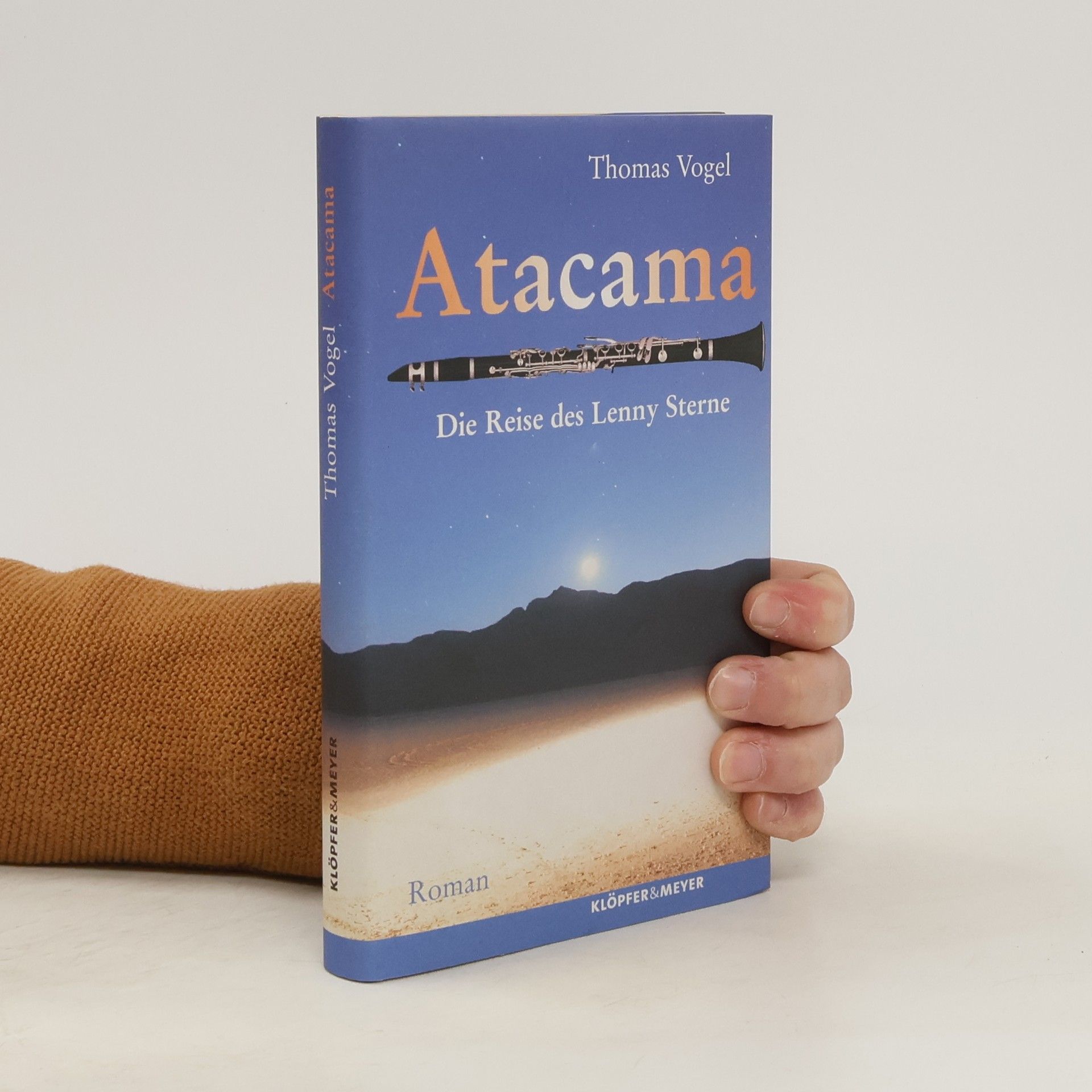


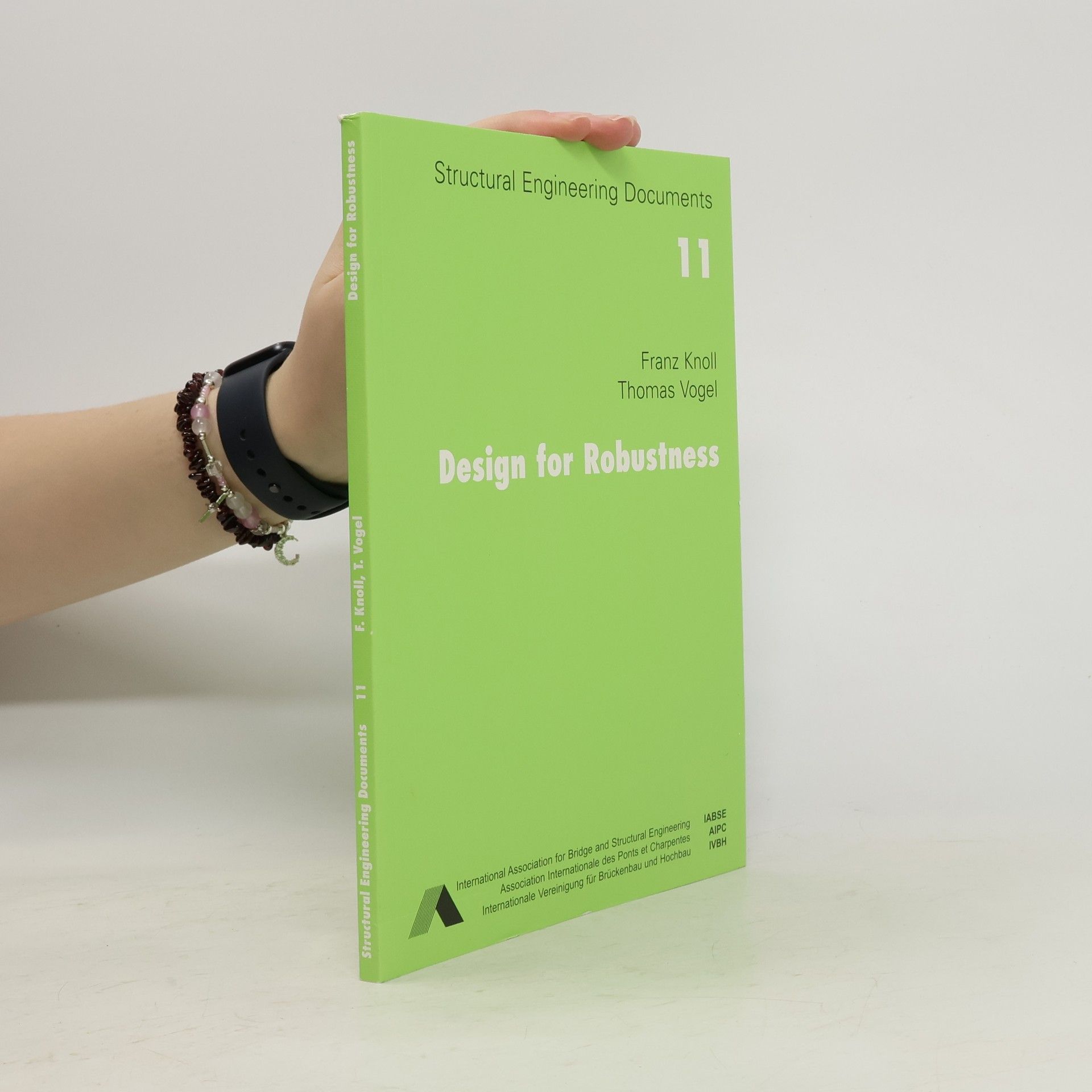
- 2021
- 2010
»Der Neckar« ist ein Gedicht. Sicher eines der schönsten, das die deutsche Sprache kennt. Und er ist ein Fluss, als Herzader Baden-Württembergs fließt er durch das Erleben und Empfinden der Menschen, prägt ihren Charakter, setzt Grenzen, öffnet Horizonte, beeinflusst (sic!) Lebensweisen, schreckt mit seinem Hochwasser, und lockt mit seiner Strömung, sich ihm anzuschließen. In einem Boot oder auf einem Floß, auf schwer beladenen Lastkähnen oder auf einem Fahrgastmotorschiff gleiten wir flussabwärts, vorbei an Idyllen und Industrieanlagen, an Klöstern und Kernkraftwerken, vorbei an Barock-, Renaissance- und Rokokoschlössern. Und fast überall erzählt uns dieser »Fluss der Dichter« seine Geschichten, mal in Versen, mal prosaisch, mal episch breit, mal nur in wenigen Zeilen.
- 2009
Structural Engineering Documents - 11: Design for Robustness
- 99 pages
- 4 hours of reading
Robustness is the ability to survive unforeseen circumstances without undue damage or loss of function. It has become a requirement expressed in modern building codes, mostly without much advice as to how it can be achieved. Engineering has developed some approaches based on traditional practice as well as recent insight. However, knowledge about robustness remains scattered and ambiguous, making it difficult to apply to many specific cases. The author's attempt to collect and review elements, methods and strategies toward structural robustness, using a holistic, almost philosophical approach. This leads to a set of considerations to guide selection and implementation of measures in specific cases, followed by a collection of applications and examples from the authors practice. The world, engineering and construction are imperfect and not entirely predictable. Robustness provides a measure of structural safety beyond traditional codified design rules.
- 2006
Atacama
- 187 pages
- 7 hours of reading
Lenny Sterne, gefeierter Klarinettist und Entertainer aus New York, steht im Zenit seiner Karriere, als alles, was ihm lieb, wert und wichtig ist, nach und nach verloren geht.
- 2006
Wirtschaftswundermusterländle
- 142 pages
- 5 hours of reading
Das waren noch Zeiten! Die 50er, 60er, 70er Jahre waren geprägt von Wiederaufbau und Wirtschaftswunder. Baden-Württemberg entwickelte sich von einem überwiegend agrarischen Land zum wirtschaftlichen Musterländle Deutschlands. Wohnen, Konsumangebote, Mobilität, Arbeitswelt, Kultur, Mode und Freizeitverhalten haben sich in dieser doch relativ kurzen Zeitspanne völlig verändert. Dieser außergewöhnliche Bildband ist eine unterhaltsame nostalgische Bilderreise. Er zeichnet mit überwiegend farbigen, zum Teil bislang unveröffentlichten Bildern ein farbiges Bild der damaligen Lebenswelten und des Lebensgefühls und weckt eigene Erinnerungen…
- 2006
Zwischen Nördlinger Ries und Oberem Donautal gibt es viel zu entdecken und noch mehr zu erleben: Weite Hochflächen und tief eingeschnittene Täler laden zum Wandern und Radfahren ein, heiße Quellen und Mineralbäder versprechen Entspannung für Leib und Seele, malerische Städte bieten sich zum gemütlichen Bummeln an. Der große Bildband porträtiert das „wilde Paradies“ der Schwaben in seiner ganzen Vielfalt: In 16 Kapiteln führen die Autoren durch die verschiedenen Regionen der „rauen Alb“ und zeigen Natur und Kultur, Land und Leute, Gegenwart und Geschichte dieses viel geliebten Mittelgebirges. Die traumhaften Fotos und praktischen Ausflugstipps machen Lust, sofort aufzubrechen und die Schwäbische Alb auf eigene Faust zu erleben.
- 2003
Die Sixtina, magischer Ort mitten in Rom. Eines der am meisten besuchten Kirchengebäude der Welt. Am Tag drängen sich bis zu 20 000 Menschen durch diese Kapelle, um Michelangelos Fresken an der Decke zu bestaunen. Nachts ist sie menschenleer. Und doch ist in der Nacht - verborgen vor der Welt - Leben in dieser Kapelle, besser an ihrer eintausend Quadratmeter großen Decke. Dann, wenn die Propheten und Sibyllen sich regen, sich aus ihrer Starre befreien, wenn sie in vielstimmigem Chor aus alten Zeiten erzählen, sich streiten über die Kunst der rechten Weissagung, und - sich neu ins Geschehen einmischen wollen... Infolge einer Reihe von Zufällen findet sich Markus, ein junger Wissenschaftler aus Heidelberg von heute auf morgen als Tourist in Rom wieder. Er lässt sich vom Touristenstrom treiben, lauscht beim Besuch der Sixtinischen Kapelle zwei Italienerinnen, die ihrer Begeisterung für die Deckenfresken freien Lauf lassen und die er später um eine Restaurantempfehlung bittet. Und so trifft Markus anderntags Giovanni, einen skurrilen Italiener, dem er wenig später auf seltsame Weise schon wieder begegnet. Zufall? Fügung? Für ein so altmodisches Wort hat ein Astrophysiker normalerweise nur ein müdes Lächeln. Doch Markus will Urlaub machen, auch vom Ich, und da kann man, zumal in der "Heiligen Stadt" ja auch mal andere Gesetze gelten lassen.
- 2001
Nach vier Auflagen (und sechs Übersetzungen) jetzt auch im Taschenbuch: Ein charmanter, ganz und gar fesselnder Roman, in dem die rätselhaften Zahlenwerke der Mathematik, die Geheimnisse des Erzählens und die Überraschungen der Liebe auf wundersame Weise zueinander finden.

